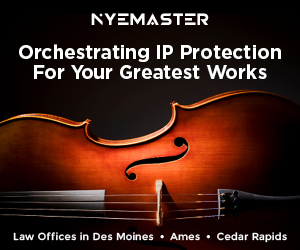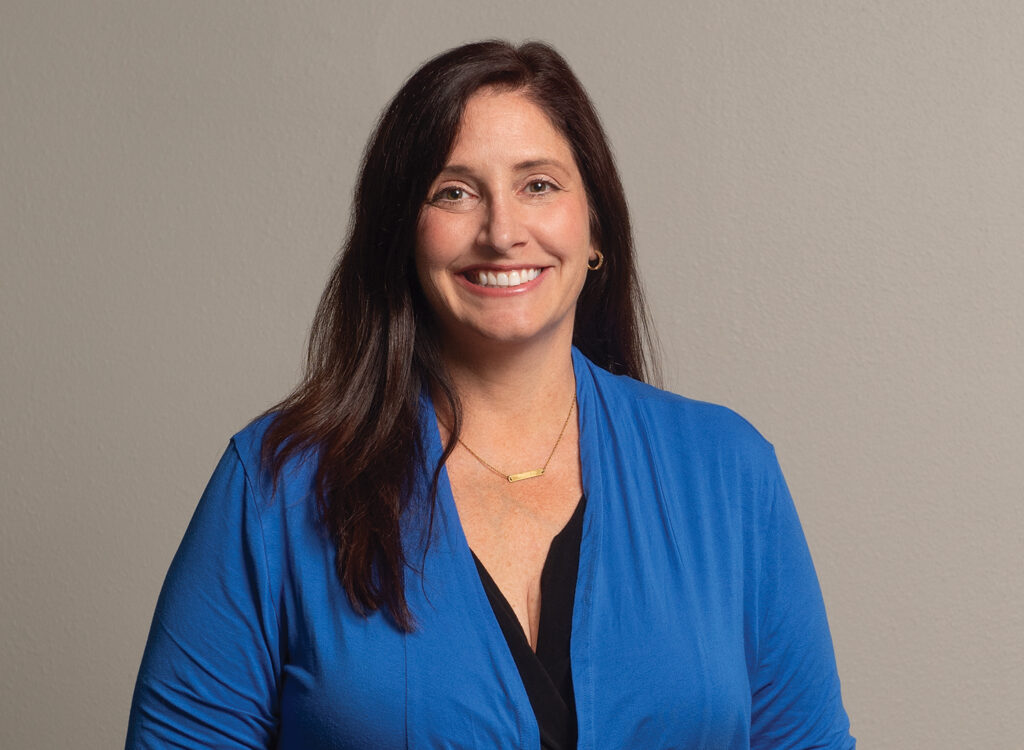McLellan: What’s your point of view?

DREW MCLELLAN Jul 3, 2019 | 8:02 pm
3 min read time
606 wordsBusiness Record Insider, Sales and MarketingFor the last couple of weeks, we’ve been talking about authority marketing and some of the requirements if you’re going to do it well. This week I want to layer in the next element that will help you take advantage of this strategy.
You must have a unique point of view.
Here’s what we know for sure. The channels keep changing and will keep changing.
The one thing that should not change is our business’s point of view. We must have an opinion about the work we do on behalf of our clients, or the products and services we sell to them. As the channels get more clogged, and as we compare our competitors’ content with what we’re creating for our own organization, it becomes evident that most of it sounds the same. We have to differentiate ourselves.
Our point of view becomes our anchor. It holds us firmly in place no matter the channel or the audience. It becomes part of our differentiation equation. Without that point of view, even content that is industry-specific becomes claimable. What I mean by claimable is that if we could take your business’s content and swap in a competitor’s logo and no one would notice the change – then your content is not unique to you.
Don’t get too finite about this. Odds are, no matter what your point of view, a small handful of other businesses could claim it as their own. But that’s your goal – a small handful, not every competitor out there.
Your point of view is not your organization’s niche or industry-specific expertise. It’s an insight that influences the work you do inside that specific area of specialty.
The ideal scenario for building your authority position is that you would have the one-two punch of a point of view paired with that narrow audience or topic area, which we talked about in last week’s column. That’s a powerful combination. You can go with just one of the two, but your potency is significantly weakened.
When we talk about planting your flag in firm ground, what we’re saying is that it shouldn’t matter where your content appears – it should hold its own. Your point of view has to be channel-agnostic. Whether you’re podcasting, writing a book, creating content for your company’s Facebook page or giving a keynote presentation, your point of view should remain steady. It works no matter which channel you choose.
At some level, you already know what your organization’s point of view is, but odds are you stop at the surface rather than digging down deep enough to truly articulate it. This can’t be a surface answer. You have to peel the onion back several layers to get to something genuinely different enough that you can own it. To look for some clues, ask yourself these questions:
What truths have you learned that influenced your work?
What recommendations do you always make?
What stories do you always tell?
What examples do you always use with clients, or how do you uniquely serve your clients?
What is it that you do that most businesses would never do?
Once you have defined your POV and your niches, you now have the boundaries for your content. You’re only going to create content that, in some way, connects to and reflects that positioning.
Now your content, regardless of the channel, has a theme or story. Each piece builds on the others, and they all lead your audience to recognizing you as the subject matter experts that you are. That positions you to be pursued by prospects rather than you having to chase after them.









